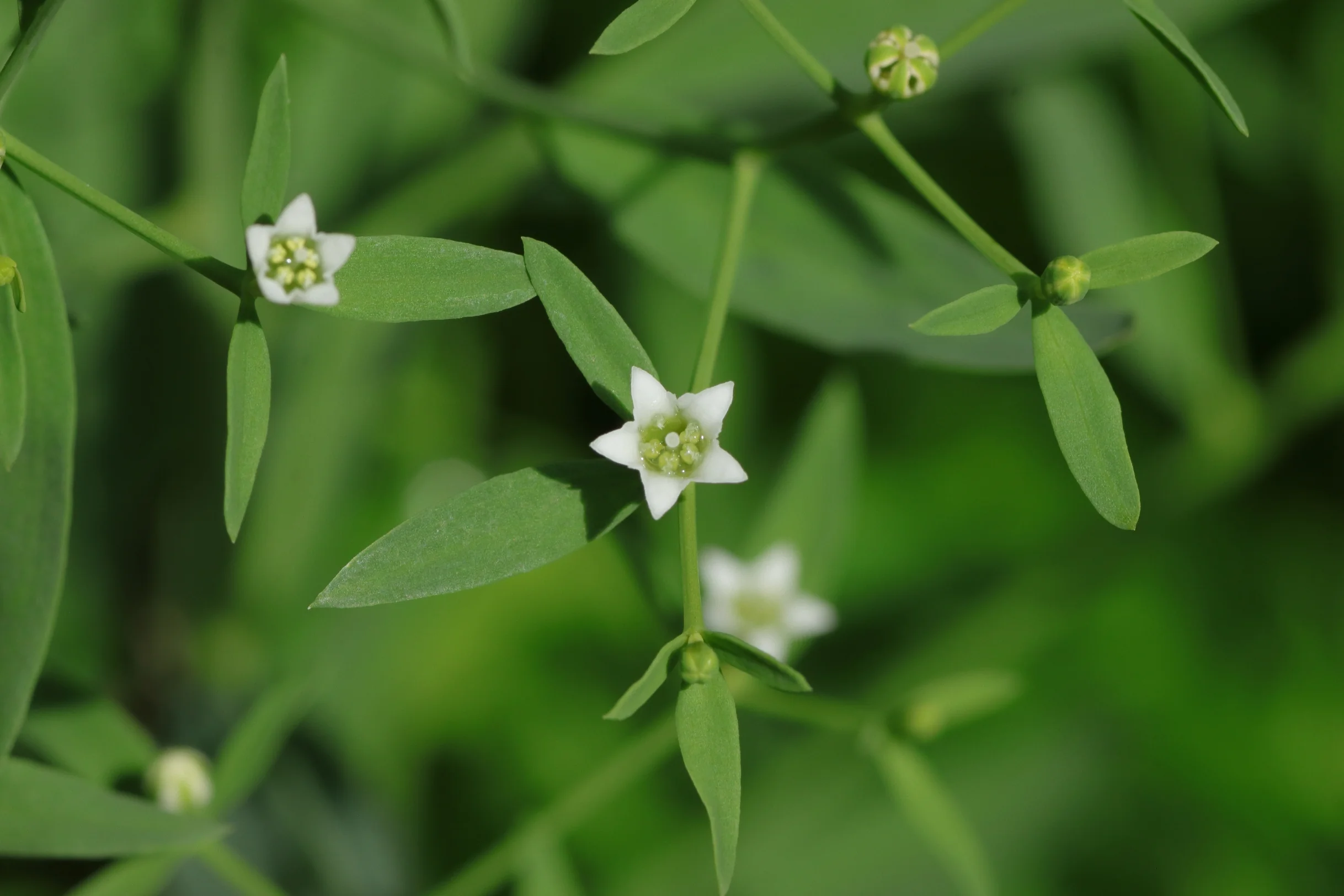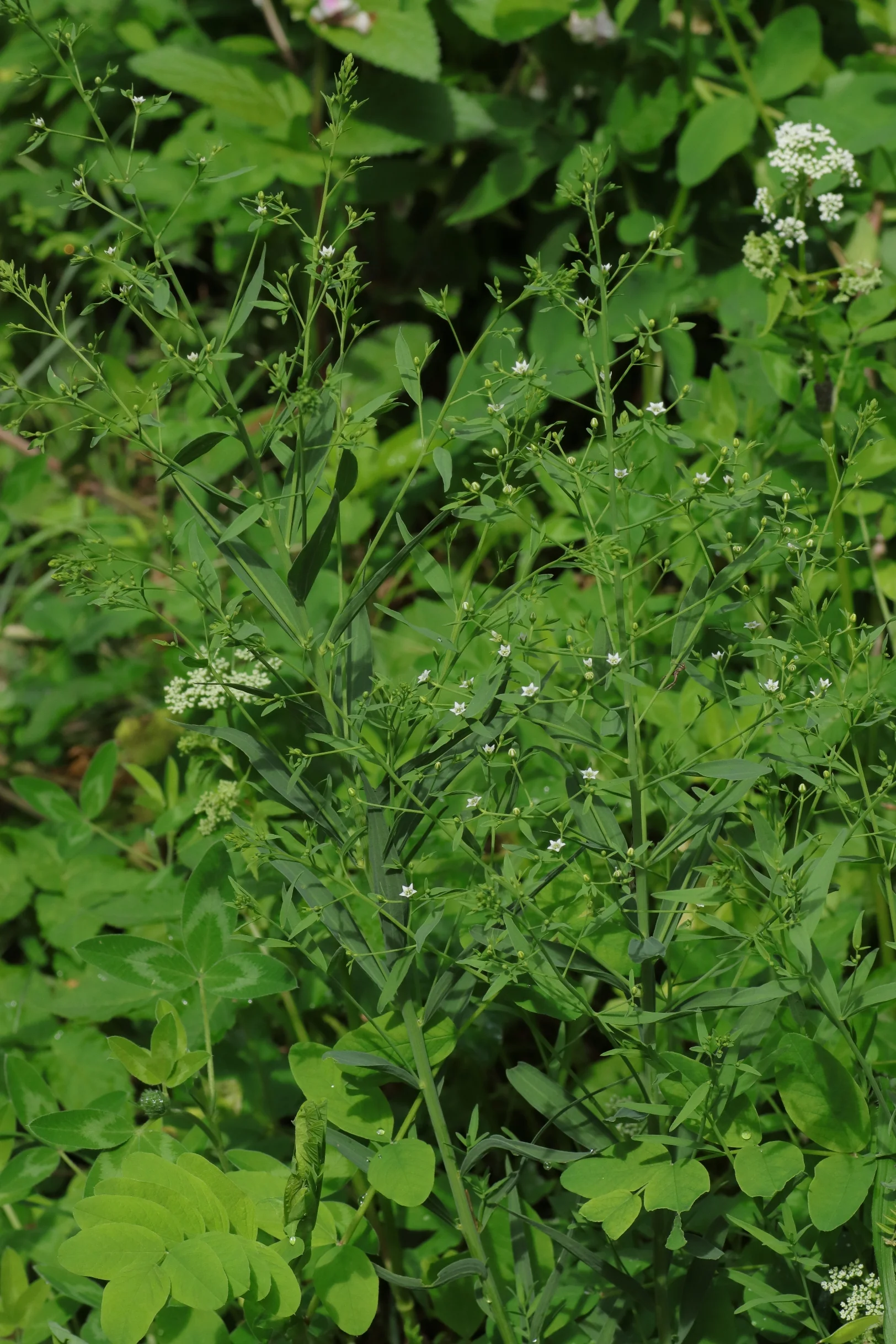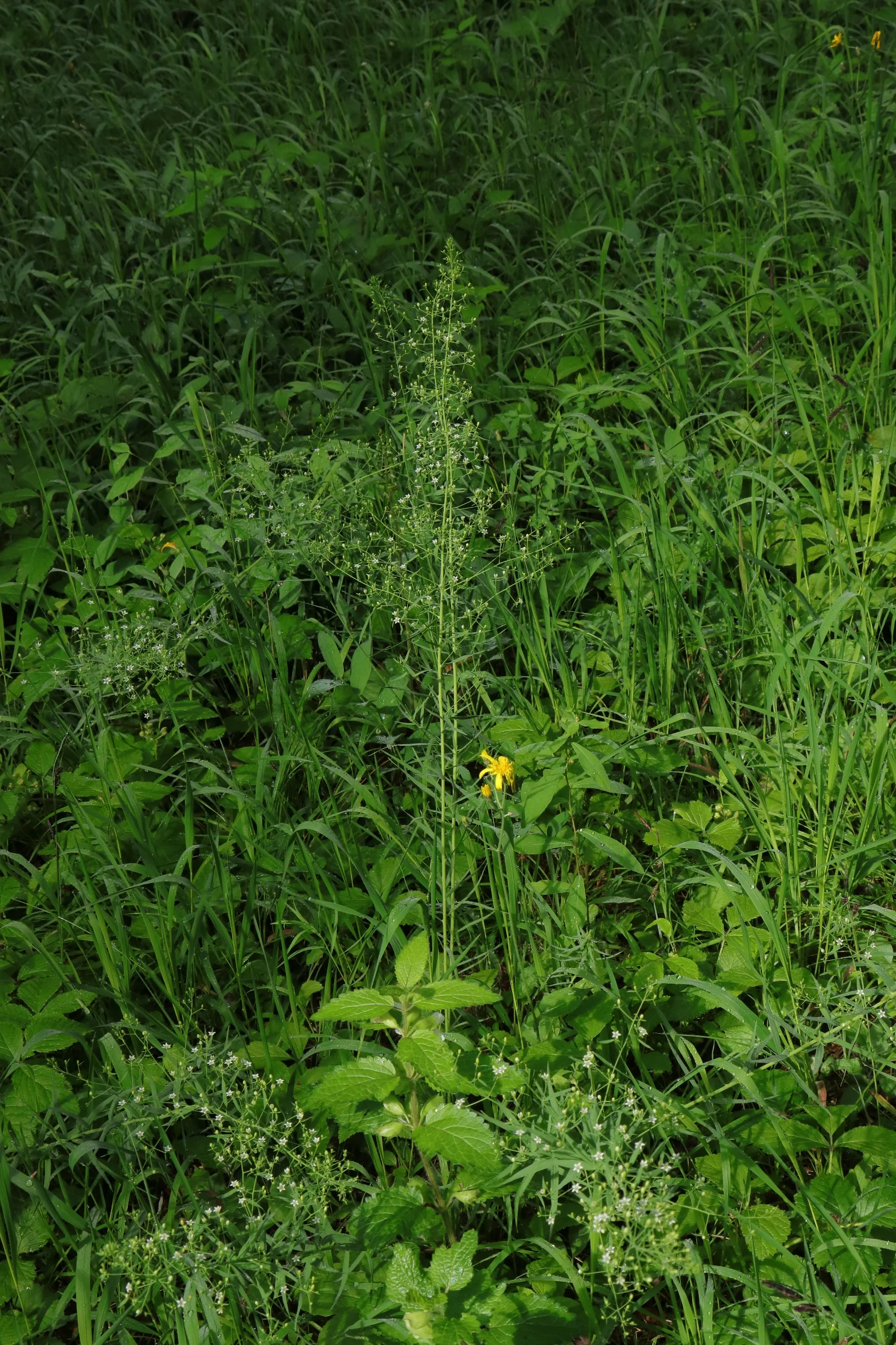The bavarian bastard toadflax is regarded as a semi-parasitic plant. Yet the delicate flowers have a beautiful appearance.



Occurrence and distribution: The bavarian bastard toadflax, also known as “Bavarian Vermeinkraut”, is mainly found on dry, lime-rich loamy or loess soil. The plant prefers warm climates and sunny locations. This is particularly evident in sparse dry forests (larger occurrences can be found in the “Rehatal” valley near Immendingen). In the Alps, the bavarian bastard toadflax can be found at altitudes of up to 1,800 metres. The technical term for the plant associations in which the toadflax occurs is “dry warm herbaceous zone”. It is mainly found in the low mountain ranges and the Swabian Alb. It is largely absent in the north and northwest of Germany.
Parasitic plant: It is a semi-parasitic plant. Among other things, it deprives the host plants of water and nutrient salts. The bavarian bastard toadflax has no specific host plant.
Plant description
Growth habit: The bavarian bastard toadflax is a perennial, herbaceous plant. The plant reaches a growing height between 30 to 80 cm. The upright growing stem has an angular structure. In the upper part the stems are richly branched and covered with numerous flowers.
Leaves: The leaves have a lanceolate structure and are blue-green in colour. They are completely hairless with full edges. They reach between 2 and 4 cm in length. Three to five leaf veins develop per leaf.
Flowers: The individual flowers are star-shaped and have a white colour. They are located between three basal leaves. Two of the leaves are small and one is larger. The inflorescences consist of a multitude of flowers and are arranged in a terminal panicle. The flowers consist of five petals. In the middle of the flower five green coloured stamens and a white stigma are formed. The flowers are mainly pollinated by bees and other hymenoptera. Some of the flowers remain closed and pollinate themselves. The flowering period extends from June to September.
Fruits: After flowering, the fruits form. These reach a length of up to 4 mm. They are spherical to ovoid in shape. The fruits ripen from August to October.
Folk names & origin of the name
Folk names & origin of the name: The bavarian bastard toadflax is also popularly known as “Bavarian Vermeinkraut”, “Bavarian linseed” or “Bavarian mountain flax”. The name part “Bavarian” is also reflected in the botanical species name “bavarum”. Latin genus name “Thesium” can be derived from a dedication to the Greek hero “Theseus”. The scholar Pliny referred to a “bulbous or tuberous plant” as “θησειον / thēseion”. Whether this is related to today’s “toadflax” is unclear. Some sources – which can be found here – speak of an arbitrary transfer of the generic name. The German name “Leinblatt” can be derived from the similarity of the leaves to flax and linseed (Linaria). The name Vermeinkraut is derived from the former popular use against “Vermainen”. This is an old term for “bewitching or shouting at”.
Myths surrounding the name: The plant is said to have been named in honour of the Greek hero “Theseus”. It is believed to have been one of the many flowers contained in the crown Theseus offered to Ariadne.
Endangerment of the plant
Endangerment of the plant: The bavarian bastard toadflax is already classified as endangered on the Red List of Germany. The individual endangerment levels are as follows:
- Baden-Württemberg: pre-warning stage (status: V)
- Bavaria: endangered (status: 3)
- Hesse: Extinct (Status: 0)
- Saxony: Extinct (Status: 0 – 1932)
Distribution-codes: A, AV, M1, M2
Hello there! I could have sworn I’ve been to this website before but after reading through some of the post I realized it’s new to me. Anyhow, I’m definitely glad I found it and I’ll be bookmarking and checking back often!